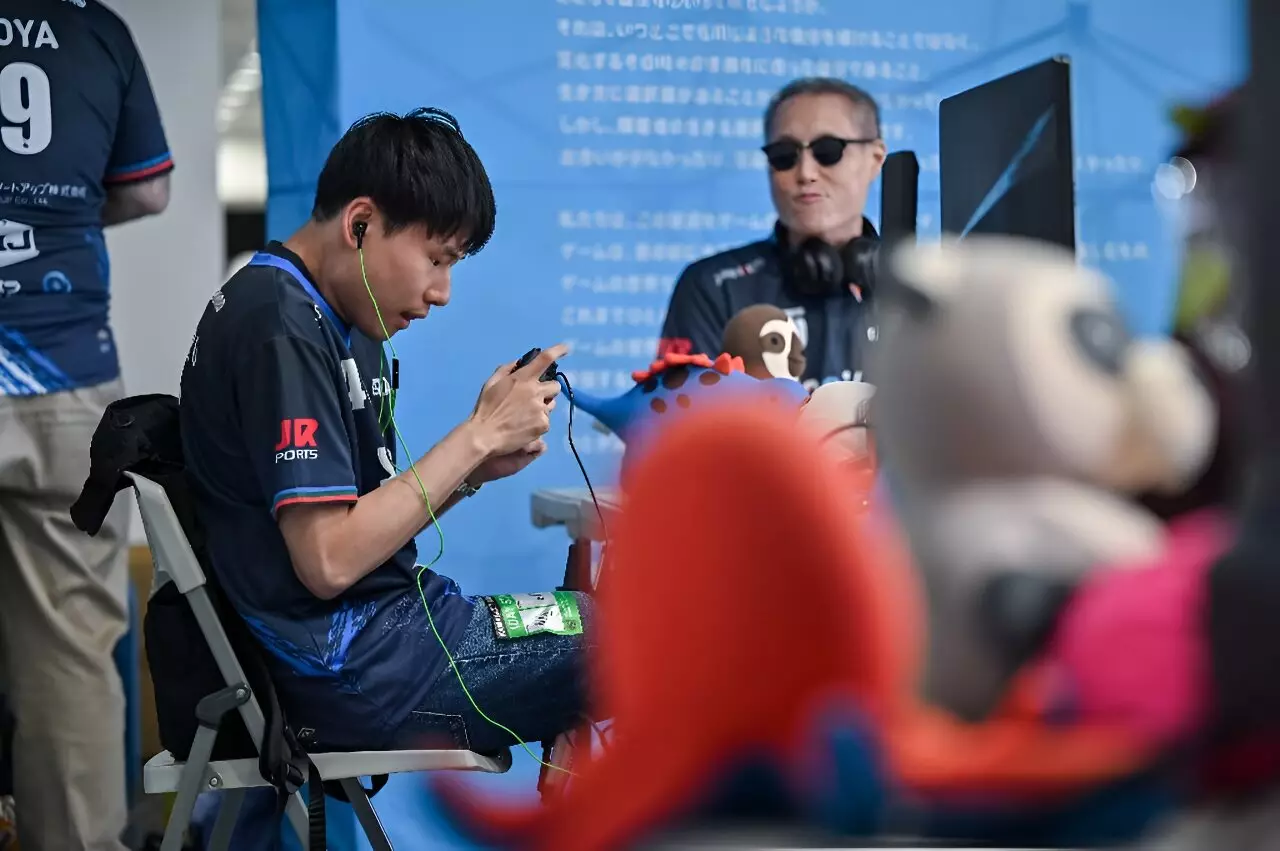Technology has the power to revolutionize the way individuals with disabilities navigate the world around them. For Japanese eSports gamer Mashiro, who is blind, the latest advancements in artificial intelligence offer a glimmer of hope for increased independence. Mashiro recently put the AI chatbot ChatGPT to the test on his way to a Para eSports meet-up, showcasing the potential for AI to serve as a valuable tool for those with special needs.
One of the key benefits of AI technology is its ability to cater to specific needs in a way that traditional assistive products cannot. With the release of GPT-40 by US firm OpenAI, individuals like Mashiro can rely on voice, text, and image commands to navigate their surroundings more effectively. This tailored approach contrasts with the one-size-fits-all solutions of the past, offering a new level of independence for people with disabilities.
Challenges and Opportunities
While AI shows tremendous promise in enhancing accessibility, there are challenges that must be addressed. Masahide Ishiki, an expert in disability and digital accessibility, highlights the importance of improving real-time visual recognition to match human capabilities. Additionally, Marc Goblot of the Tech for Disability group emphasizes the need for AI datasets to be more representative of diverse perspectives, rather than catering solely to mainstream audiences.
The applications of AI for individuals with disabilities are vast and varied. From speech-to-text transcription for individuals with hearing loss to resume formatting assistance for those with learning disabilities, AI has the potential to transform everyday tasks. Tools like Seeing AI, Envision AI, and TapTapSee provide valuable support for visually impaired individuals, while platforms like Be My Eyes offer real-time assistance from volunteers via live chat.
Despite the progress made in leveraging AI for accessibility, there is still work to be done. Mashiro’s experience with ChatGPT revealed the limitations of current AI systems, particularly in recognizing specific Japanese words and locations. As the technology continues to evolve, addressing these shortcomings will be crucial in ensuring a seamless experience for individuals with disabilities.
The integration of artificial intelligence into assistive technologies holds immense potential for empowering individuals with disabilities. By refining existing systems, expanding datasets, and addressing the unique challenges faced by different user groups, AI can pave the way for a more inclusive and accessible future. As we continue to push the boundaries of technology, it is essential to prioritize the needs and experiences of all individuals, ensuring that innovation benefits everyone in our society.


Leave a Reply